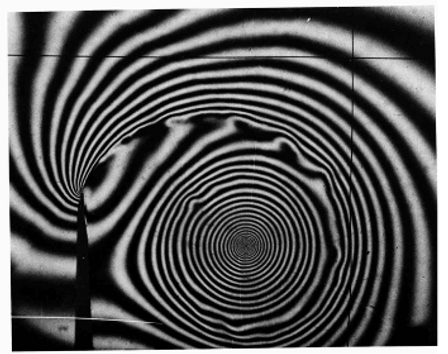
VORTEX
Dr Sofia Greaves, Lead Researcher
Air pollution, mostly fine particulate matter, is the largest environmental health risk in Europe. Such pollution is distributed by vortices: broadly defined as rotating regions of fluid like whirlpools or tornadoes. It is known that vortices impact pollutant dispersal in cities where street surfaces concentrate heat and sky-scrapers create wind tunnels. Understanding and visualising this pollution dispersal is one means to address the EU Cities Mission for cleaner air and a range of related SDGs.* Further, the study of vortices is 1:1 transferable to how medicine occurs in the body as per particle dispersion within blood flows. Consequently research into vortices has applications across numerous scientific fields including mechanical engineering, urban planning and cardiovascular studies.
The key objective of this project is to advance research into vortices by bringing together artists, engineers from the OsloMet, the Astronautics Department at the University of Southampton and visualisation specialists from the Leeds Institute for Data Analytics. We aim to develop innovative methodologies for representing, studying and understanding vortical structures within turbulent flows. By bringing art and science together our objective is to gather and convey knowledge about toxicity and turbulence in impactful ways - both with, and for, affected communities.
The project will be supervised by Ramis Örlü, Associate Professor in fluid mechanics at the Department of Mechanical, Electrical and Chemical Engineering at OsloMet. Professor Örlü is a leading expert in turbulent flows and state-of-the-art measurement methodologies, and large-scale wind tunnel experiments. I will receive secondary supervision from Professor Kristin Bergaust, artist and Vice Dean of research at the Faculty of Technology, Art and Design at OsloMet, and Prof Christina Vanderwel, the Head of the Aerodynamics and Flight Mechanics Research Group at the University of Southampton. The Advisory Board spans artists, historians, and fluid dynamics specialists in the UK, Italy, and Germany.
The Project is kindly being funded by OsloMet, having been awarded 94% and a Seal of Excellence by the MSCA Fellowship Scheme. It addresses
-
SDG target 3.9.1, which calls for a substantial reduction in deaths and illnesses from air pollution.
-
SDG target 7.1.2, which aims to ensure access to clean energy in homes
-
SDG target 11.6.2, which aims to reduce the environmental impact of cities by improving air quality
Photograph by Walker Bleakney. Image Van Dyke, Milton. 1982. An Album of Fluid Motion. Stanford CA: The Parabolic Press. p. 49.


